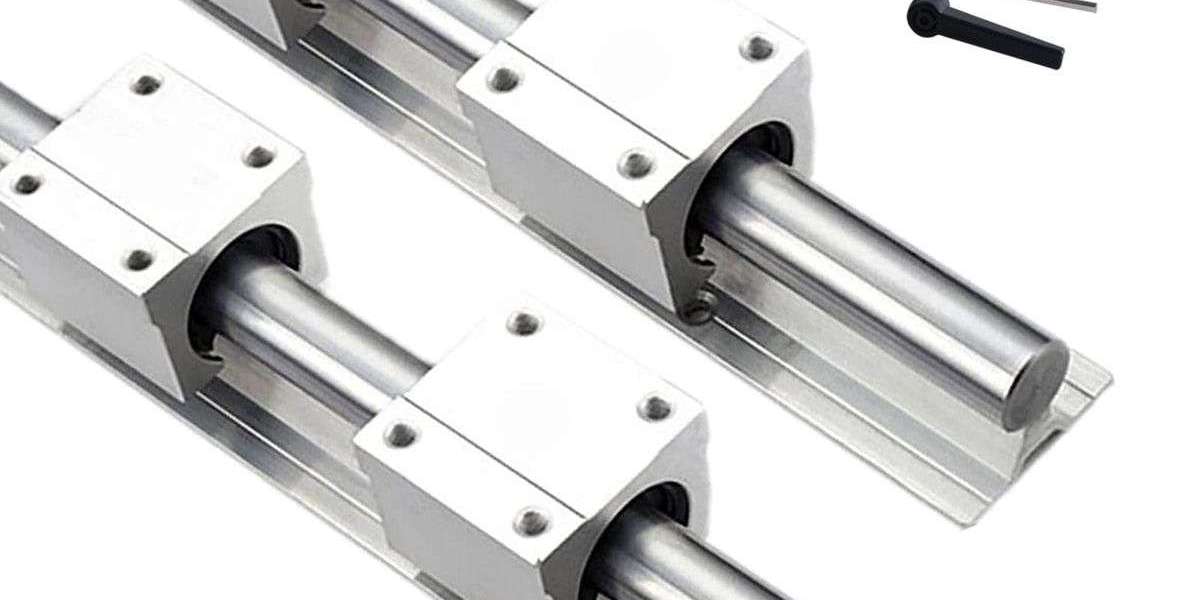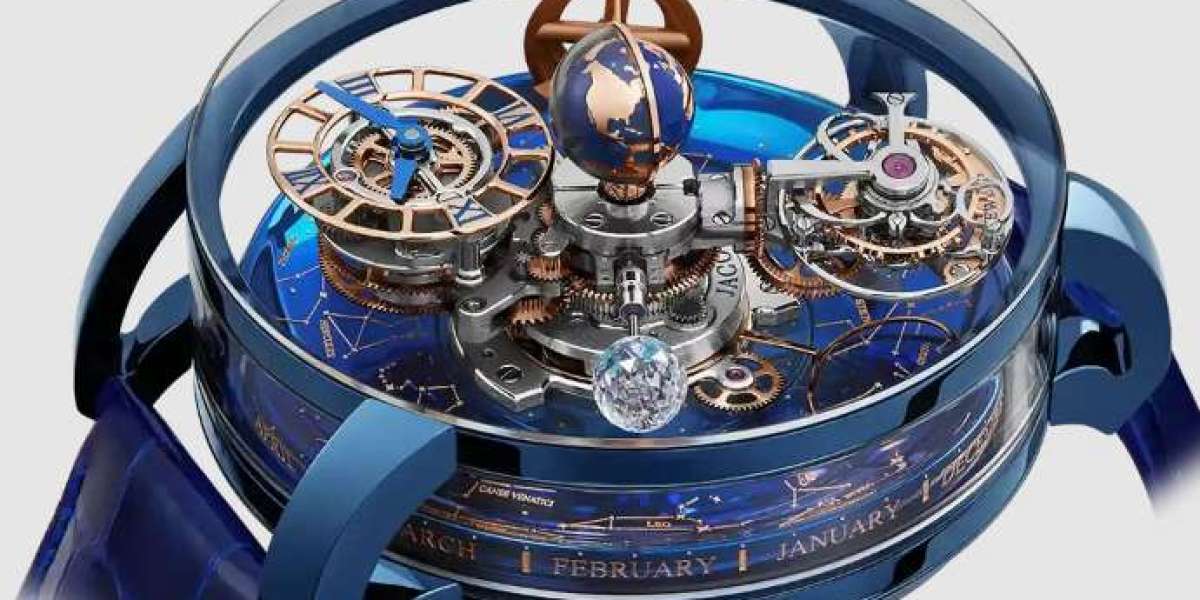What is a Linear Guide Rail? Defining the Guiding Element
A linear guide rail is a precision-engineered component designed to provide a defined and constrained pathway for linear motion. It acts as a guide, supporting and directing the movement of a carriage, bearing, or other moving element along a straight line. The primary function of a linear guide rail is to ensure smooth, accurate, and repeatable linear motion with minimal friction and deflection.
Unlike rotary bearings that facilitate rotational movement, linear guide rails are specifically designed for translational motion along a single axis. They are typically used in conjunction with linear bearings or other rolling elements to minimize friction and enable efficient movement. The design, materials, and manufacturing precision of linear guide rails are critical to the overall performance and longevity of the system. They are the foundation upon which precise linear motion is built.
Key Features of Linear Guide Rails
Several key features define the performance and suitability of a linear guide rail:
- Accuracy: The accuracy of a linear guide rail refers to its ability to guide the moving element along a perfectly straight line. High-precision linear guide rails are essential for applications requiring precise positioning and minimal deviation.
- Stiffness: The stiffness of a linear guide rail refers to its resistance to deflection under load. High-stiffness linear guide rails are crucial for applications where rigidity and stability are paramount.
- Load Capacity: The load capacity of a linear guide rail refers to the maximum load that it can support without deformation or failure. The load capacity must be sufficient to handle the weight of the moving element and any additional loads.
- Friction: The friction between the linear guide rail and the moving element should be minimized to ensure smooth and efficient motion. Linear guide rails are often used with linear bearings or other rolling elements to reduce friction.
- Travel Length: The travel length of a linear guide rail refers to the maximum distance that the moving element can travel along the guide. The travel length must be sufficient to accommodate the required range of motion.
- Durability: Linear guide rails should be durable and resistant to wear and tear. They are typically made from hardened steel or other high-strength materials.
- Environmental Resistance: Linear guide rails should be resistant to corrosion and other environmental factors. They are often coated with protective finishes to enhance their durability.
- Mounting Options: Linear guide rails typically offer various mounting options, allowing them to be easily integrated into different systems.
Exploring the Diverse Types of Linear Guide Rails
Linear guide rails come in various designs, each engineered with distinct features and characteristics to suit different operational requirements and application demands:
- Profiled Rail Linear Guides: These are high-precision linear guide rails featuring a profiled shape and are typically used with recirculating ball or roller bearings. They offer exceptional rigidity, superior load capacity, and unmatched accuracy, making them ideally suited for demanding applications such as CNC machining centers, precision assembly equipment, and advanced metrology instruments. The profile provides excellent stiffness and load distribution.
- Round Shaft Linear Guides: These guides consist of a hardened and ground round shaft that serves as the guiding surface. They are typically used with linear ball bearings or bushings. Round shaft linear guides offer a simple and cost-effective solution for linear motion but may have lower load capacity and rigidity compared to profiled rail guides. They are suitable for lighter loads and less demanding applications.
- Dovetail Slides: These guides feature a dovetail-shaped track and a mating sliding element. They offer good stability and load capacity but typically have higher friction compared to rolling element guides. Dovetail slides are often used in machine tools and other applications where high rigidity is required and where some friction can be tolerated. Adjustment mechanisms are often incorporated for precise positioning.
- Cam Follower Systems: While not strictly a "linear guide rail" in the traditional sense, cam follower systems utilize roller bearings (cam followers) that roll along a hardened track. These systems are often used in high-speed applications and can handle significant loads. They are commonly used in packaging machinery and conveyor systems.
- Miniature Linear Guides: These are small, compact linear guides designed for applications where space is limited, such as medical devices, portable electronics, and micro-robotics. They often utilize ball bearings or other rolling elements to minimize friction in confined spaces.
Applications Across Industries: Where Linear Guide Rails Excel
Linear guide rails are essential components in a wide range of industries and applications, enabling precise and controlled linear motion:
- CNC Machines: Providing accurate and stable tool and workpiece positioning for milling, turning, and other machining operations. The stiffness and accuracy of the linear guide rail are critical for achieving high-precision machining.
- Robotics: Enabling precise and repeatable movements in robotic arms, linear actuators, and other robotic systems. Linear guide rails extend the reach and capabilities of robots.
- 3D Printers: Controlling the movement of the print head and build platform for accurate layer deposition in additive manufacturing processes. The precision of the linear guide rail directly impacts the quality of the printed parts.
- Medical Devices: Providing smooth and precise motion in medical imaging equipment, surgical robots, and laboratory automation systems, ensuring patient safety and diagnostic accuracy.
- Automation Equipment: Enabling efficient and reliable linear movement in automated assembly lines, packaging machines, and material handling systems. Linear guide rails improve the speed and efficiency of automated processes.
- Semiconductor Manufacturing: Providing precise positioning and movement in wafer handling equipment and other semiconductor manufacturing processes, where extreme cleanliness and accuracy are paramount.
- Aerospace: Used in aircraft control surfaces, landing gear actuators, and other aerospace applications where high performance and reliability are essential.
Selecting the Right Linear Guide Rail: Key Considerations
Choosing the appropriate linear guide rail for a specific application requires careful consideration of several key factors:
- Load Capacity: The guide rail must be able to support the applied load without deformation or failure.
- Accuracy and Precision: The required level of accuracy for the linear motion will dictate the type of guide rail needed.
- Stiffness: The stiffness of the guide rail will affect the amount of deflection under load.
- Travel Length: The required travel length of the linear motion will determine the length of the guide rail needed.
- Speed and Acceleration: The guide rail must be able to handle the required speed and acceleration without excessive wear or vibration.
- Operating Environment: The operating environment, including temperature, humidity, and exposure to contaminants, will influence the selection of materials and lubrication.
- Mounting: The guide rail must be mounted securely to a rigid structure to prevent vibration and maintain accuracy.
- Cost: The cost of the guide rail is an important consideration, but it should be balanced against the performance and reliability requirements of the application.
Conclusion
Linear guide rails are indispensable components in modern automation and industrial systems, providing the foundation for precise and efficient linear motion across countless applications. By understanding the different types of linear guide rails, their applications, and the key factors in their selection, engineers and designers can optimize their systems for peak performance, exceptional accuracy, and unwavering reliability.







